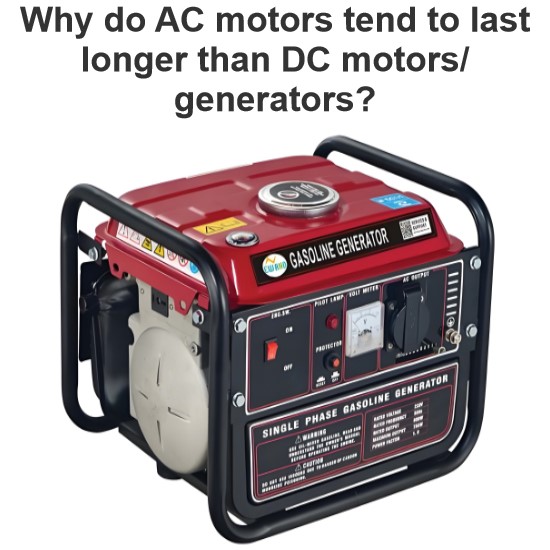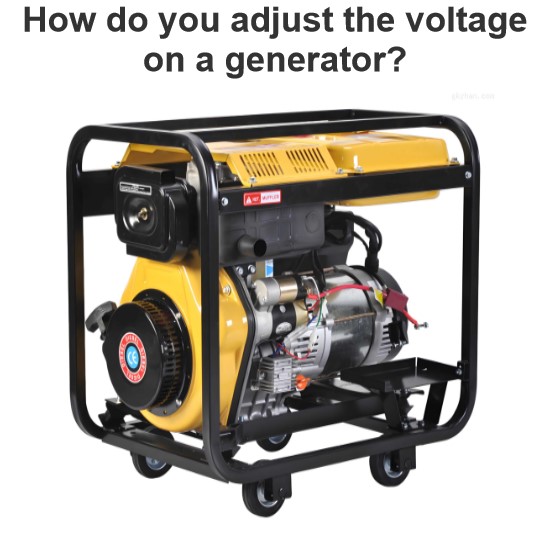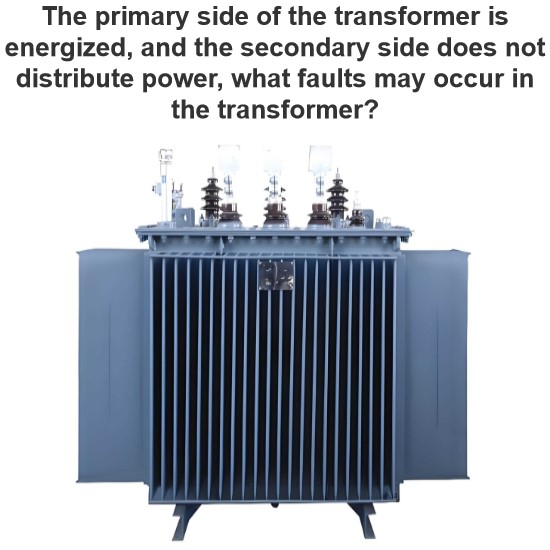How does an AC motor become self excited when connected to a DC power supply?
An AC motor (AC Motor) is designed to work with alternating current (AC) power, and its internal structure and operating principles differ from those of a DC motor (DC Motor). As such, directly connecting an AC motor to a DC power source will not allow it to function normally. However, theoretically, there are some special methods to make an AC motor self-excite on a DC power supply, though these methods are uncommon and not recommended for practical use, as they could result in motor damage or improper operation.
Why AC Motors Cannot Be Directly Connected to DC Power
Absence of Commutation Mechanism: AC motors lack the commutator and brushes found in DC motors, which change the direction of current to maintain rotational direction.
Constant Magnetic Field: A DC power supply provides constant current direction, whereas an AC motor requires alternating current to generate a rotating magnetic field that drives the motor.
Design Differences: AC motor stator windings are designed to produce a rotating magnetic field, while DC motor windings are intended to work within a constant magnetic field.
How to Make an AC Motor Self-Excite on a DC Power Supply
Although theoretically possible, making an AC motor operate on a DC power supply is impractical and unsafe. Here are some theoretical methods:
1. Using Permanent Magnets (PM) or Additional Magnets
One could try attaching permanent magnets or other magnets to the rotor of the AC motor, utilizing the magnetic field of the magnets to start the motor. However, this would require precise positioning and design and is difficult to control.
2. Adding Excitation Windings
Additional excitation windings could be installed on the stator of the motor, and these windings could be controlled by an external circuit to simulate the rotating magnetic field produced by AC current. This method is complex and hard to implement, and it is inefficient.
3. Using Choppers (Chopper) or Other Modulation Techniques
Choppers or other modulation techniques could be used to convert the DC power supply into something resembling AC current, using PWM (Pulse Width Modulation) or similar techniques to create an effect similar to AC current. While theoretically feasible, this actually requires complex circuit design and is less convenient and efficient than using AC power directly.
Recommendations for Practical Applications
In practice, if you need to run a motor on a DC power supply, you should opt for a DC motor (DC Motor) that is suitable for DC power rather than attempting to use an AC motor with a DC power supply. DC motors have better adaptability to DC power and can be more easily controlled using speed controllers or other control devices to achieve the desired performance.
Summary
AC motors are designed for AC power and cannot be directly connected to DC power because they lack the necessary commutation mechanisms to change the direction of current to maintain a rotating magnetic field. If you indeed need to run a motor on a DC power supply, you should choose an appropriate DC motor and use suitable control devices to achieve the required performance. Attempting to make an AC motor self-excite on a DC power supply is not only complex and challenging to achieve but can also result in motor damage or failure to operate properly. Therefore, such practices should be avoided in actual applications.
The Electricity Encyclopedia is dedicated to accelerating the dissemination and application of electricity knowledge and adding impetus to the development and innovation of the electricity industry.




